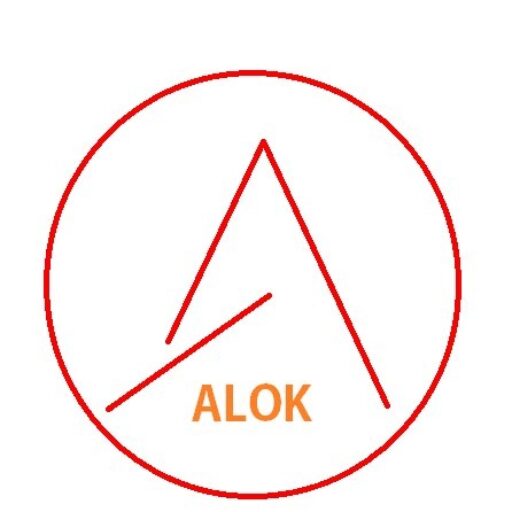Speed and velocity are two terms often used interchangeably, but they have distinct meanings, especially when applied to productivity and goal achievement.
Speed: The Quantity of Effort
- Definition: Speed is the rate at which something is done. It’s about how quickly you can complete a task.
- Focus: Quantity over quality.
- Risk: Can lead to burnout, stress, and decreased quality of work.
Velocity: The Quality of Effort
- Definition: Velocity is speed in a specific direction. It’s about how quickly you’re moving towards a goal.
- Focus: Quality and direction.
- Benefit: Leads to sustained productivity and meaningful progress.
Why Velocity Matters More Than Speed:
- Goal Alignment: Velocity ensures that your efforts are directed towards achieving specific goals.
- Sustainable Productivity: Speed can lead to burnout, while velocity promotes a sustainable pace of work.
- Quality of Output: Velocity encourages a focus on quality, resulting in better outcomes.
- Long-Term Success: Velocity builds momentum and sets you up for long-term success.
How to Increase Velocity:
- Set Clear Goals: Define specific, measurable, achievable, relevant, and time-bound (SMART) goals.
- Prioritize Tasks: Focus on high-impact tasks that move you closer to your goals.
- Eliminate Distractions: Create a focused work environment to minimize interruptions.
- Time Management Techniques: Use techniques like the Pomodoro Technique or time blocking to manage your time effectively.
- Continuous Learning: Invest in your skills and knowledge to improve your efficiency.
- Regular Review and Adjustment: Regularly assess your progress and make necessary adjustments to your plan.
By understanding the difference between speed and velocity, you can adopt a more strategic approach to your work and achieve greater results. Remember, it’s not just about how fast you work, but how effectively you work towards your goals.


